As Mars exploration prepares for a rebirth, a European rover tunes up its gear for the challenges ahead.
Yesterday, July 23, 2020, the European Space Agency (ESA) and dozens of industrial partners assessed the readiness of the ExoMars robotic explorer, named Rosalind Franklin, for a trip to the Red Planet in 2022. The European rover will drill down to two meters (6.6 feet) into the Martian surface to sample the soil, analyze its composition and search for evidence of life buried underground.
The rover successfully proved that it is fit to endure the Martian conditions during the environmental test campaign earlier this year in Toulouse, France. This laboratory on wheels withstood temperatures as low as –120°C (-184°F) and less than one-hundredth of Earth’s atmospheric pressure to simulate the extremes of its journey through space and on the surface of Mars.
By the end of this week, a more robust set of solar panels will begin its trip to reunite with the rover after some cracks were detected during those environmental tests. New fasteners are in place and will be on their way from the Airbus facilities in Stevenage, in the UK, to Thales Alenia Space in Turin, Italy, where the rover awaits power-up at the beginning of August.
The disruptions caused by the coronavirus pandemic have added new obstacles for industry across Europe on the road to Mars. Parachute and interface tests are expected to resume in October.
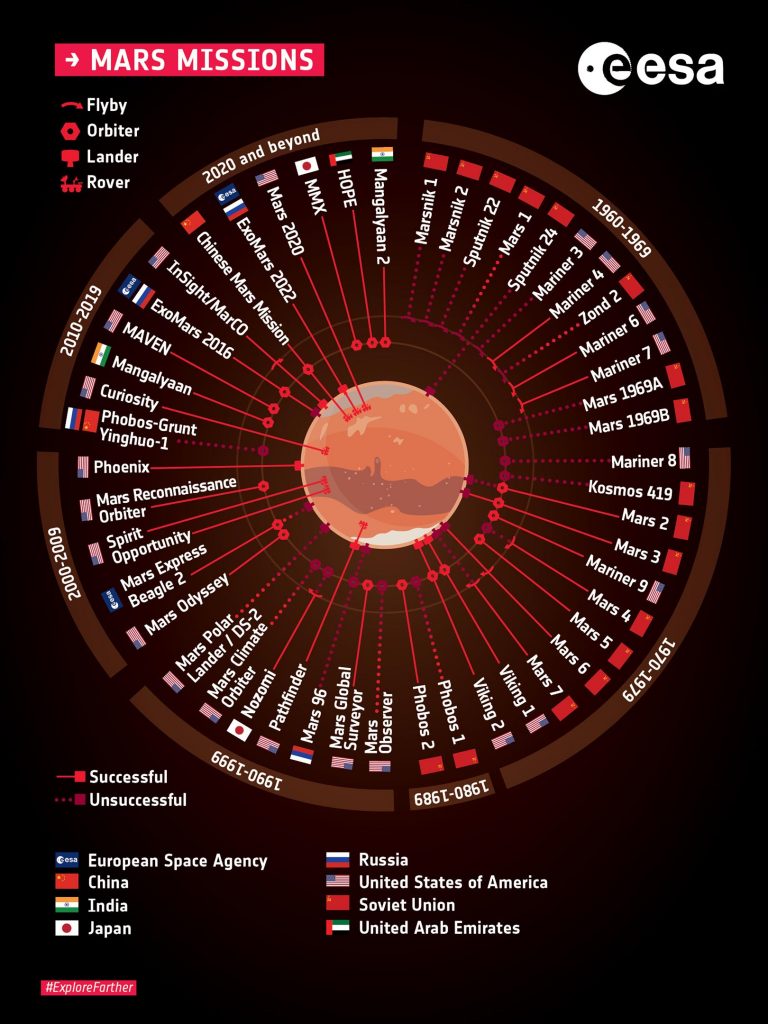
This graphic summarizes the history of Mars exploration, categorizing the missions into flybys, orbiters, landers and rovers, indicated on the graphic from the outermost circle around Mars, to the surface of the planet as well as by the symbols indicated in the key. Missions to Mars moons are also included but only the mission elements pertaining to Mars itself are shown. A bold red line indicates the mission elements that were successful; the dotted fainter line indicates a (partial) failure, or an uncompleted mission. Credit: ESA
New missions to Mars launch from a broad range of nations – while the United Arab Emirates’ historic first mission to Mars lifted off from Japan last Sunday, China is preparing to launch tomorrow its first rover to Mars, known as Tianwen-1. NASA’s Mars 2020 mission is set to take off with the Perseverance rover onboard next week, on July 30.
These missions focus on the search for evidence of life on the Red Planet and a better understanding of how Earth and Mars evolved so differently.
“We hope that ESA’s Rosalind Franklin rover will help write a new page in Mars exploration by allowing us to study organic molecules on the spot,” says Jorge Vago, ESA’s ExoMars project scientist.
Dr. Rosalind Franklin, the prominent scientist behind the discovery of the structure of DNA, one of life’s most important molecules, would have been 100 years old on 25 July this year. Her niece, also named Rosalind Franklin in her memory, points out that the X-ray diffraction expert “never conceived science as a race of competitors.”
After a visit to ESA’s technical center in the Netherlands last year, Rosalind believes that her aunt would have loved the ExoMars team spirit. “The work of ESA engineers on the rover struck me – they really do it for the results, not for themselves. This is what Rosalind Franklin was all about: commitment and dedication to science,” said Rosalind from her home in California, US.
A series of talks and events are taking place around the globe this week to celebrate the centenary of this “woman of integrity who went after scientific discovery for the betterment of humankind,” as her niece describes her. The legacy of the scientist lives on today, and the ExoMars rover will help leave her symbolic footprint on Mars in 2023.
The ExoMars rover is part of the ExoMars program, a joint endeavor between ESA and the Russian State Space Corporation, Roscosmos.

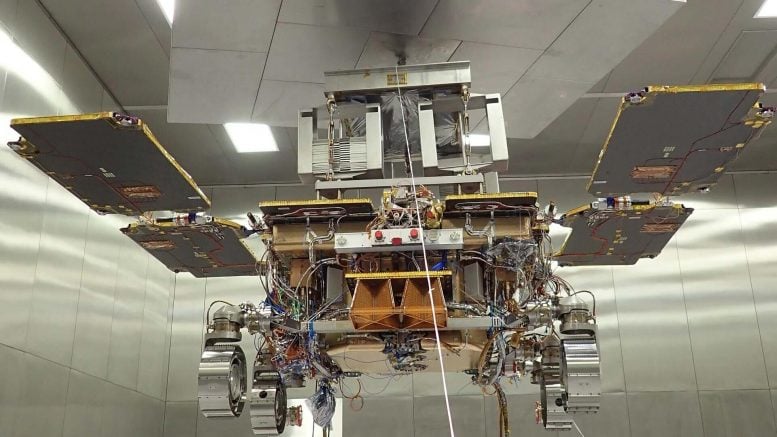

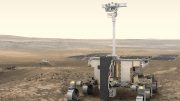
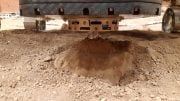

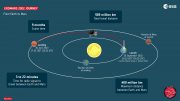



Be the first to comment on "ExoMars Robotic Explorer: Mars Exploration Revival"